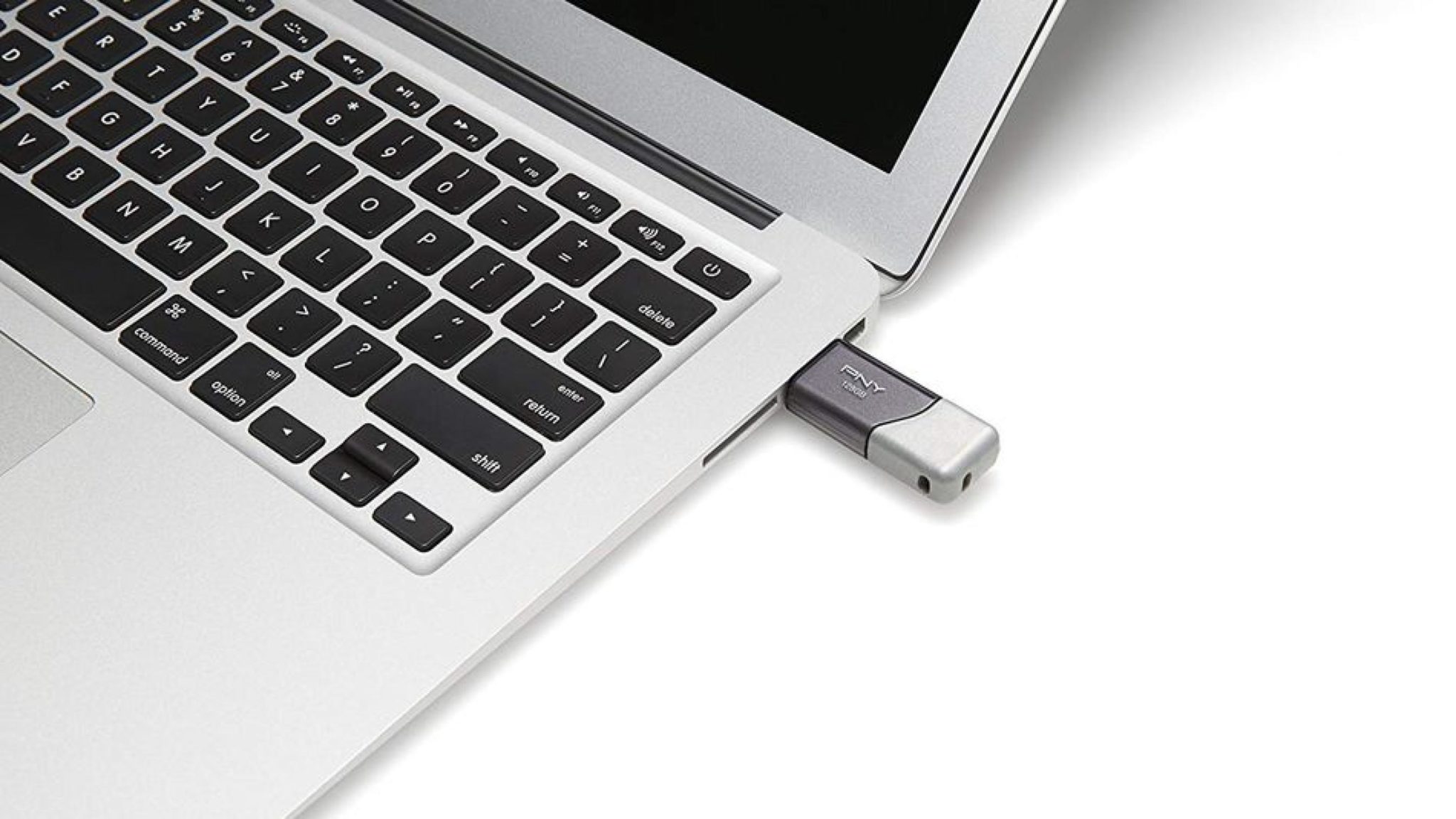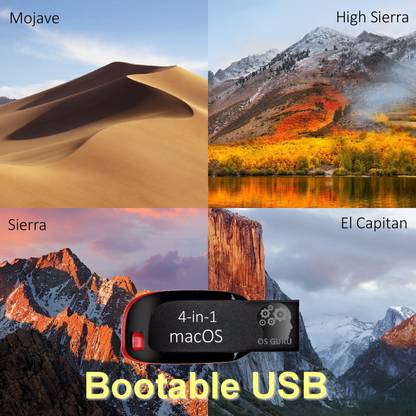- Download El Capitan To Usb
- El Capitan Mac Os Bootable Usb Drive
- Mac Os El Capitan Bootable Usb Windows
- Bootable Android For Pc
- Mac Os X El Capitan Dmg Bootable Usb
- Create Bootable Usb Mac Os Install El Capitan
How To Create Bootable USB Installer For MacOS X El …
To create a bootable El Capitan installer drive, you need the El Capitan installer from the Mac App Store and a Mac-formatted drive that’s big enough to hold the installer and all its data. If you wanna create bootable USB flash drive for Mac OS X El Capitan on Windows PC. You need a TransMac Software. That’s not a problem if you use a computer that supports legacy or UEFI. Just you need TransMac and El Capitan dmg file. Siddharth choubisa September 20, 2016 at.
Creating bootable USB Installer can be done in different ways specifically create bootable USB Installer for macOS X El Capitan on Windows and other macOS versions. The first way to do manually and the second way is to do a software that is pre-build to do all those with a click or two.
How to Create OS X El Capitan Bootable USB Disk?
Bootable USB Stick - macOS X El Capitan 10.11 - Full OS Install, Reinstall, Recovery and Upgrade. 4.3 out of 5 stars. USB Memory Stick. How to Create a Bootable USB with macOS Installer OS X El Capitan Create bootable USB drive with Mac Disk Utility Now that you have the installation files ready on your Mac, you can move them to your USB drive for future use. To install macOS on an external hard drive: 1. Connect the USB to your MacBook 3. OS X El Capitan PWN: Uploading.TransMac: Uploading.

We are now ready to create the bootable usb disk drive of OS X El Capitan. All you have do is, follow the couple of steps suggested here and you are ready to install El Capitan on any mac computers. Step 1 : Connect USB Disk Drive to your mac computer and Open “Disk Utility” by typing it on Spotlight (CMD + Space Bar) or by going to “Applications – Utilities – Disk Utility”.
How to Create a Bootable USB with macOS Installer
· OS X El Capitan Create bootable USB drive with Mac Disk Utility Now that you have the installation files ready on your Mac, you can move them to your USB drive for future use. To install macOS on an external hard drive: 1. Connect the USB to your MacBook 3.
How to create a bootable installer for macOS
Download: OS X El Capitan This downloads as a disk image named InstallMacOSX.dmg. On a Mac that is compatible with El Capitan, open the disk image and run the installer within, named InstallMacOSX.pkg. It installs an app named Install OS X El Capitan
How to Create an OS X El Capitan Install Disk on a …
· The installer you create can be used to install OS X El Capitan 10.11 on any eligible Mac computer. X Research source This is a more convent and less time consuming way to install OS X El Capitan on multiple machines, gives you a handy emergency disk, and enables a fresh OS X install.
Creating a bootable El Capitan ISO image
It’s very easy to create a bootable ISO image of El Capitan, if you have a working El Capitan system installed on your machine. Start with going to AppStore and installing El Capitan, so you’ll have an application named Install El Capitan in your Application list. Then
Create Bootable Usb From Dmg El Capitan
Create Bootable El Capitan USB Install Drive with DiskMaker X for Mac Thursday, October 1st, 2015 Author: Dan @ MacSales.com. UPDATE 09/2018: Create a Bootable macOS Mojave Install Drive with DiskMaker X 8 UPDATE 09/2017: Create a Bootable
How to install macOS from a USB
· can only create a bootable installer for macOS Big Sur, Catalina, Mojave, High Sierra, or El download from a Mac that is using macOS Sierra 10.12.5 or later, or El Capitan 10.11.6. Enterprise
How To Create El Capitan Bootable Usb From Dmg
How To Create El Capitan Bootable Usb From Dmg Master Guardian Ii Vs Dmg Skyrin Ibflect Dmg On Urself Download Xcode Dmg From App Store Dmg Room Types Dungeons And Dragons Dungeon Generator High Sierra Dmg To Usb How To Add Apple
Creating a Bootable Flash Drive With OS X Lion
· OS X Lion does not come with a bootable installer, but with the help of this guide, you can create your own bootable Lion installer on a USB drive. Make Sure Your USB Drive Is Formatted for a Mac Not all USB drives can be used with a Mac right out of the box. If
How to Create Bootable USB Installer for Mac Using …
Create Bootable USB Installer for Mac OS Using UniBeast The first task that you’re going to do is open the Apple App Store. The store will open up after some seconds and tap on “ Featured ” then click on the “ OS X El Capitan “.
How to create a bootable installer for macOS
How to create a bootable installer for macOS, Programmer Sought, the best programmer technical posts sharing site. Use the bootable installer Determine whether you’re using a Mac with Apple silicon, then follow the appropriate steps: Apple silicon Plug the
Unable to create El Capitan Bootable USB
· All I’m trying to do is create a bootable El Capitan USB :-(. Can anyone offer some help please ? CoastalOR macrumors 68030 Jan 19, 2015 2,844 1,044 Oregon, USA May 7, 2018 #2 I’ve only used sudo per Apples instructions.
Install El Capitan From Usb
El Capitan From Usb Mac OS X Utilities I But i am helpless as there are no servicing centre of apple in Bangladesh. In this article, you are going to learn how to create bootable USB for Mac OS in case you dont have a Mac computer.
Os X El Capitan 10.11.0 Bootable Usb Dmg File
Oct 04, 2015 As usual, Apple no longer supply a bootable USB Flash Drive with latest OS X releases – including the new OS X 10.11 El Capitan. Using this tutorial you will be able to create your very own.
These advanced steps are primarily for system administrators and others who are familiar with the command line. You don't need a bootable installer to upgrade macOS or reinstall macOS, but it can be useful when you want to install on multiple computers without downloading the installer each time.
What you need to create a bootable installer
- A USB flash drive or other secondary volume formatted as Mac OS Extended, with at least 14GB of available storage
- A downloaded installer for macOS Big Sur, Catalina, Mojave, High Sierra, or El Capitan
Download macOS

- Download: macOS Big Sur, macOS Catalina, macOS Mojave, or macOS High Sierra
These download to your Applications folder as an app named Install macOS [version name]. If the installer opens after downloading, quit it without continuing installation. To get the correct installer, download from a Mac that is using macOS Sierra 10.12.5 or later, or El Capitan 10.11.6. Enterprise administrators, please download from Apple, not a locally hosted software-update server. - Download: OS X El Capitan
This downloads as a disk image named InstallMacOSX.dmg. On a Mac that is compatible with El Capitan, open the disk image and run the installer within, named InstallMacOSX.pkg. It installs an app named Install OS X El Capitan into your Applications folder. You will create the bootable installer from this app, not from the disk image or .pkg installer.
Use the 'createinstallmedia' command in Terminal
- Connect the USB flash drive or other volume that you're using for the bootable installer.
- Open Terminal, which is in the Utilities folder of your Applications folder.
- Type or paste one of the following commands in Terminal. These assume that the installer is in your Applications folder, and MyVolume is the name of the USB flash drive or other volume you're using. If it has a different name, replace
MyVolumein these commands with the name of your volume.
Big Sur:*
Catalina:*
Mojave:*
High Sierra:*
El Capitan:
* If your Mac is using macOS Sierra or earlier, include the --applicationpath argument and installer path, similar to the way this is done in the command for El Capitan.
After typing the command:

- Press Return to enter the command.
- When prompted, type your administrator password and press Return again. Terminal doesn't show any characters as you type your password.
- When prompted, type
Yto confirm that you want to erase the volume, then press Return. Terminal shows the progress as the volume is erased. - After the volume is erased, you may see an alert that Terminal would like to access files on a removable volume. Click OK to allow the copy to proceed.
- When Terminal says that it's done, the volume will have the same name as the installer you downloaded, such as Install macOS Big Sur. You can now quit Terminal and eject the volume.
Download El Capitan To Usb
Use the bootable installer
Determine whether you're using a Mac with Apple silicon, then follow the appropriate steps:
Apple silicon
- Plug the bootable installer into a Mac that is connected to the internet and compatible with the version of macOS you're installing.
- Turn on your Mac and continue to hold the power button until you see the startup options window, which shows your bootable volumes.
- Select the volume containing the bootable installer, then click Continue.
- When the macOS installer opens, follow the onscreen instructions.
El Capitan Mac Os Bootable Usb Drive


Mac Os El Capitan Bootable Usb Windows
Intel processor
Bootable Android For Pc
- Plug the bootable installer into a Mac that is connected to the internet and compatible with the version of macOS you're installing.
- Press and hold the Option (Alt) ⌥ key immediately after turning on or restarting your Mac.
- Release the Option key when you see a dark screen showing your bootable volumes.
- Select the volume containing the bootable installer. Then click the up arrow or press Return.
If you can't start up from the bootable installer, make sure that the External Boot setting in Startup Security Utility is set to allow booting from external media. - Choose your language, if prompted.
- Select Install macOS (or Install OS X) from the Utilities window, then click Continue and follow the onscreen instructions.
Learn more
Mac Os X El Capitan Dmg Bootable Usb
A bootable installer doesn't download macOS from the internet, but it does require an internet connection to get firmware and other information specific to the Mac model.
Create Bootable Usb Mac Os Install El Capitan
For information about the createinstallmedia command and the arguments you can use with it, make sure that the macOS installer is in your Applications folder, then enter the appropriate path in Terminal: